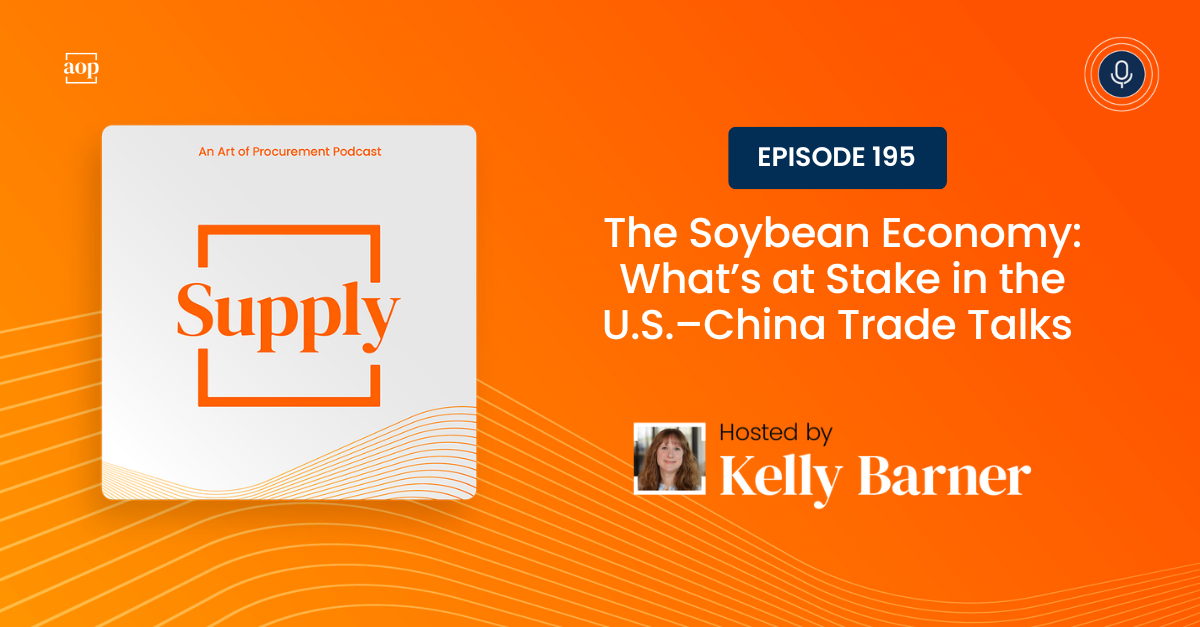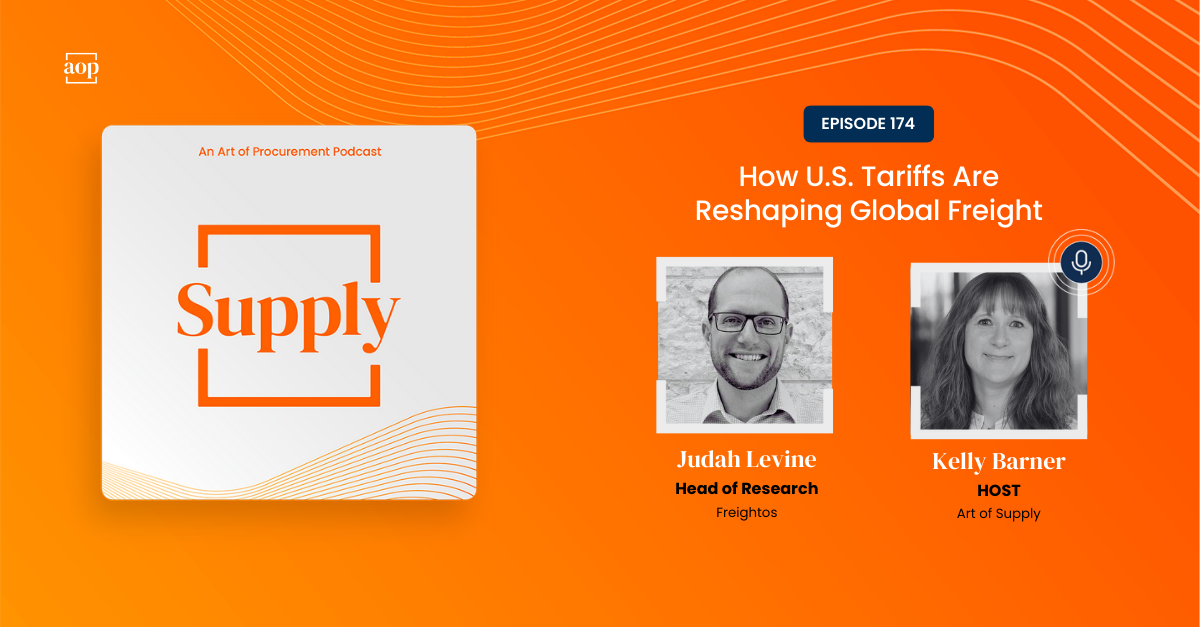3 min read
Where Macroeconomics Collides with Microeconomics (Multi-lateral Trade Agreements Part 1 of 2)
Kelly Barner : August 16, 2017

Each contract entered into by a buyer and supplier is based on a set of terms and conditions such as supply/production costs, demand estimates, turnaround expectations, and seasonal factors. These terms represent the individual and mutual interests of the parties involved given the current macroeconomic conditions. This includes currency exchange rates and geopolitical instability, but it also reflects the changes in national priorities governed by the political cycle.
Even the largest global corporations are affected by the terms of trade agreements established to ‘protect the interests’ of the nations and people affected by the business conducted within and across their borders. As the number of parties involved in each agreement increases, so does the number of ‘interests’, perspectives, and priorities, leading to long-term, complex negotiation processes.
These trade agreements play a critical role in global supply chains because they form the macroeconomic basis for private sector agreements. They outline what restrictions, if any, will be placed on foreign-based companies looking to increase their market share in a foreign country, or between companies based in different nations. Those restrictions usually make themselves felt as additional costs associated with tariffs that are then passed along in part to consumers and corporate buyers.
Just as with commercial contracts, countries (or blocs of countries) look at each trade agreement in terms of how they can benefit. Do they benefit by importing more affordable goods from other countries? Or are they more interested in being able to send their own goods and materials (or investment dollars for that matter) abroad? The parties must have different enough needs and capabilities to benefit from the agreement without creating harmful conditions for locally based businesses.
Here are two current examples of trade agreements that are affecting the plans of the industries and individual companies waiting to see how they are finally resolved.
The EU-Japan Economic Trade Partnership
By removing tariffs (and easing regulations) on the export of European food and drink, as well as chemicals, vehicles and equipment, the EU estimates they can save €1 bn on tariffs annually – and that assumes no growth in the level of exports, which they are likely to see. Japan, on the other hand, will be able to export cars to the EU without the current 10% tariff.
The impact to companies based in these countries will vary by product and industry. The threat to Japanese food producers is relatively limited because the food exported from Europe will likely be based on geographical affiliation (for instance, parmesan cheese can only come from Italy according to the European Court of Justice) rather than affecting Japanese food producers. The makers of passenger cars may be more affected, given their greater comparability. In fact, the EU has reserved the right to limit the number of cars exported from Japan if they see a spike in volume after the partnership goes into effect.
America First: Steel and Aluminum
President Trump has been vocal about his pledge to strengthen U.S.-based manufacturing and materials production capacity by sourcing raw materials at home rather than through agreements that bring products in from overseas. Steel and aluminum, two metals that are commonly sourced from China, have been at the center of ‘Buy American, Hire American’ discussions, and this is likely to increase if the Trump Administration’s investment in U.S. infrastructure becomes a reality and leads to greater demand for building materials.
Chinese producers have significantly increased their output of both metals, possibly in response to concerns about a government crackdown that would limit production or to flood the global market with cheap steel and aluminum and make it difficult for non-Chinese producers to compete on the world stage.
Since cost and availability are always a concern, U.S. companies will find themselves in the position of having to choose between low cost Chinese metals and more expensive, but good-for-PR American-made steel and aluminum. In the short term, companies with pre-existing contracts for foreign steel or aluminum are no doubt looking at the terms of those agreements to see if they can abide by the terms while also taking advantage of falling prices.
When two or more companies put an agreement in place that matches prices, costs, and terms over a specified period of time, they must recognize the potential impact of trade agreements – either because they are likely to take effect or because discussion about them created uncertainty. Countries (macroeconomics) and companies (microecnomics) can both be expected to act in their best self-interests, but it is incumbent upon corporate leadership teams to understand how the interests of their government and the governments of the countries where suppliers are based align or conflict with their own.
In Part 2, posting tomorrow, I will apply the intricacies and complexities of negotiating multi-lateral trade agreements to the increasingly collaborative world of B2B negotiations.




